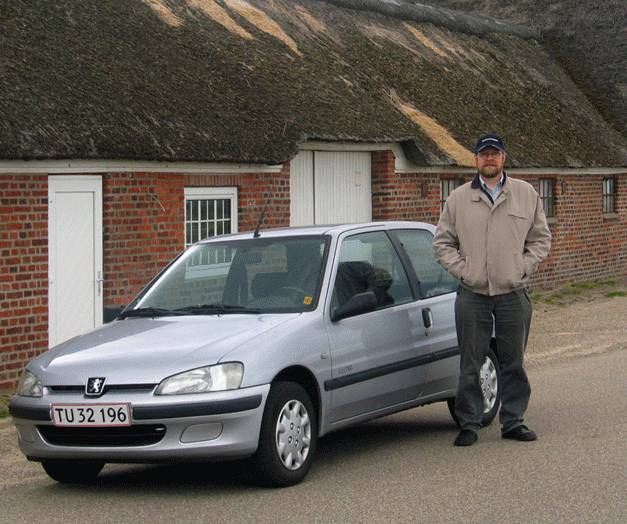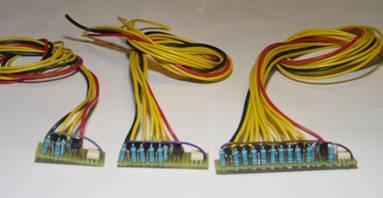EVguide
HEM HOME
|
10. June 2006 EVguide today got this letter from Anton Bech. Still going strong with old NiCd's and why? Today I broke my own autonomy record from year 2000. The Peugeot 106 from December 1999 made on a single charge 118 km in 2000, 129 km in 2001 and 140 km in 2002. Since then the range has declined. Today I did a round trip of 120 km at a cruse speed between 60 and 70 km/h. At 100 km, the energy dial showed 12% and at 0% the counter showed 111 km. We stopped driving at 120 km without have drained the car completely. Possibly 1 km remained in the battery. One reason for the fine performance is the nice summer weather we have today. Best performance is always on sunny and warm days due to less air drag. The car has now done 119.000 km on the original SAFT STM5 batteries. They have never been serviced except from my own water refilling with distillate water. The batteries are from October 1999, so they are definitely after the period with separator failure during 1997-1998. The importance of correctly water refill and correct use of the battery are probably also important factors. Today I can say the SAFT STM5’s are OK if they are correctly serviced and used. However, the failure rate on other cars with these batteries has been high and probably caused by factors like wrong user mode and poor maintenance. I here exclude the production error from the 1997-1998 series. Technically the 100 cells, in 20 battery blocks, in series without sub measurements is a hazard. If there had been a monitor circuit monitoring each block (5cells), I believe a lot of the troubles could have been avoided. Such circuit could have given the driver/user an early warning about a block been low on power before the others. Then recharging could take place before the weakest block is damaged. I would highly recommend such circuit to be used if a failed block is replaced. To mix used blocks with other used or new ones is risky without monitoring the state of charge on both the old and the new ones. An example was a SAXO having 3 blocks changed for new ones. 2 month later the new ones were dead. Apparently the old ones were in better condition and had more capacity, so the new ones were the weak ones. Subsequently the new ones were discharged too low and never reached a proper state. Best regards, Anton Bech Ringkøbing, Danmark Tlf. 97 32 43 57 e-mail: antonbech@mail.tdcadsl.dk  
|
EVguide
HEM HOME